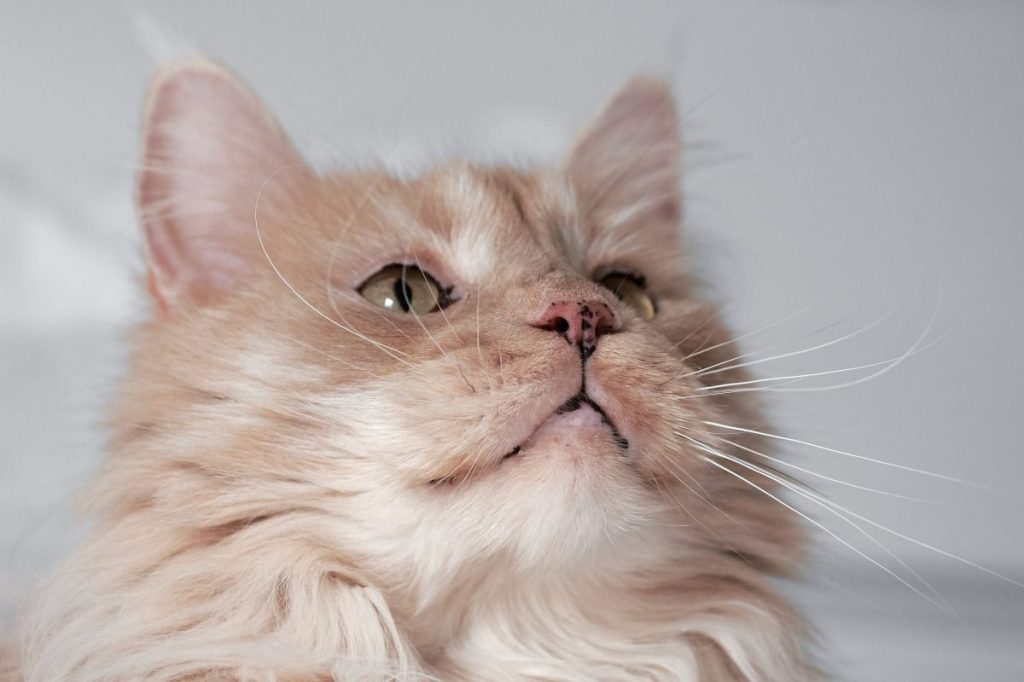Lentigo in cats is a common dermatological condition characterized by the presence of small, flat, brownish spots on the skin — particularly around the lips, nose, and eyelid margins. Unlike in humans — where lentigines may raise concerns about skin health — in cats, these spots are typically harmless and purely a cosmetic issue. They are more commonly observed in cats with lighter…

Tech-savvy cat parents will appreciate the advanced automation and real-time insights of the PETKIT Purobot Ultra Self-Cleaning Cat Litter Box.…



